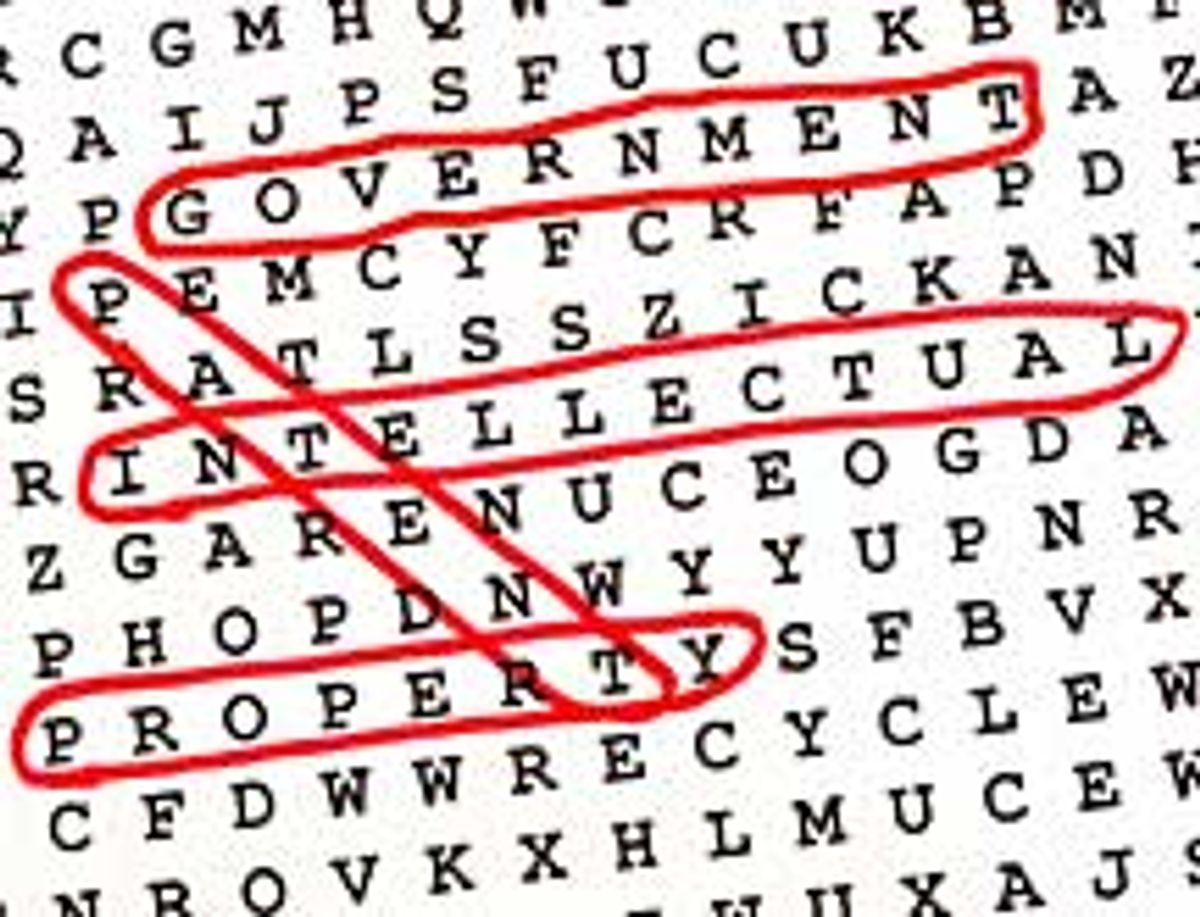Handcuffed: When the Government Wants Your Invention
A new U.S. court decision gives the government even more rights to use your invention

In the patent arena, the U.S. Congress has set rules for the federal government that differ from those that apply to everyone else. When a patent is infringed for the benefit of the government, the patentee may have rights but cannot sue to stop the infringement. The government’s needs are deemed to override proprietary rights as a matter of public policy.
In the United States, this principle was established in 1918 by an act of Congress that allowed contractors to furnish the government with needed provisions during World War I without fear of becoming liable to patent owners for infringement. The Supreme Court noted this historical background in Richmond Screw Anchor Co. v. U.S. (1928). Today the General Agreement on Tariffs and Trade permits governments to grant compulsory licenses under certain circumstances, and the United States and many other countries do so.
Under current U.S. federal regulations (found at Title 28, Section 1498(a), of the U.S. Code), the only remedy available to a patentee whose patented product or method is used ”for the Government” is to sue the government for reasonable royalties in the United States Court of Federal Claims in Washington. A patentee cannot sue a private party for contracting to provide infringing goods to the government, cannot recover lost profits, and cannot obtain enhanced damages for willful infringement, as it might under other circumstances.
While courts regularly enforce this statutory provision, one question remains: What constitutes use ”for the Government”? Various cases have offered fragmentary answers, and in a recent opinion the Federal Circuit added another key piece.
In Advanced Software Design v. Federal Reserve Banks and Fiserv, Inc. [PDF], three regional Federal Reserve Banks had contracted with Fiserv, a private company, to make their checks harder to counterfeit. Significantly, the Federal Reserve Banks are privately owned and not technically government entities. Advanced Software Design alleged that Fiserv’s solution used a technology that infringes a patent it owns.
The patented technology encodes identifying data in a ”seal” on the face of a check when the check is printed, so that altered or counterfeited checks can be identified immediately when the check is first deposited and funds can be frozen to prevent loss. This system was implemented in 2004 and has prevented millions of dollars of loss from attempted fraud. In 2007, Advanced Software Design sued the Federal Reserve Banks and Fiserv for infringement.
The federal district court dismissed the portions of the case that involved U.S. Treasury checks, invoking the ”for the Government” clause of Section 1498(a), even though the government did not procure the system, was not a party to any contract with Fiserv, and was not at risk of loss in the case of check fraud, since the Federal Reserve Bank or a member bank generally bears the loss.
Advanced Software Design had argued that the government was not a ”beneficiary” of the patent infringement. The only connection to the government was that U.S. Treasury checks were encrypted to enable the Federal Reserve Banks to use the system provided by Fiserv.
Historically, some cases have found government benefit adequate to trigger protections of Section 1498(a), while others have not. For example, in a 1976 case, Hughes Aircraft v. United States, the U.S. Court of Federal Claims held that work performed on a defense satellite program in which the United States participated, although the satellites were owned by the United Kingdom, was ”for the Government” because the program was vital to the defense and security of the United States. By contrast, a federal district court in Texas held in 1998 (in the case Riles v. Amerada Hess ) that the mere receipt by the government of royalties for offshore drilling rights did not provide a defense to patent infringement for methods of installing an offshore platform.
In Advanced Software , the Federal Circuit found that, even though the government never explicitly authorized or consented to procurement of the check encoding system, the Treasury’s participation by encoding its checks sufficed to immunize the defendants against the allegation of patent infringement, at least to the extent to which the infringement concerned U.S. Treasury checks. In another recent case, the U.S. Court of Federal Claims held that, where infringing activity arising from government contracts occurred abroad, the U.S. government was protected by sovereign immunity, but direct recourse against the contractor was available.
Advanced Software does not lay down a bright-line rule, but it provides another insight into the type of infringement activity that will limit a patentee’s recourse against the government.
About the Author
Samuel J. Petuchowski is a patent attorney and a partner at Sunstein Kann Murphy & Timbers, in Boston. Before getting his law degree he earned a Ph.D. in atomic and molecular physics from the University of Illinois, and he served as a physicist for NASA for more than a decade. A version of this article first appeared on the Sunstein monthly Intellectual Property Update.